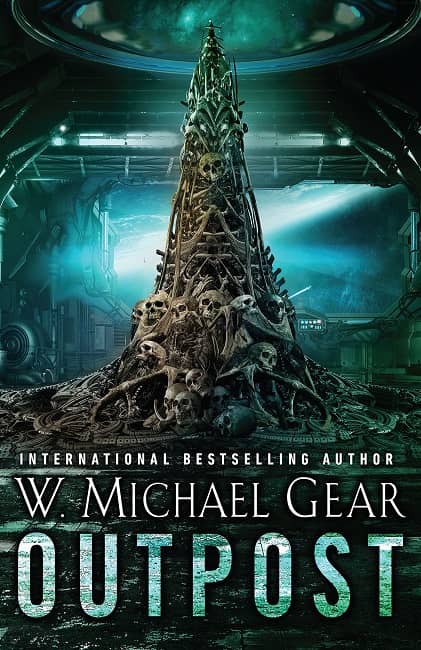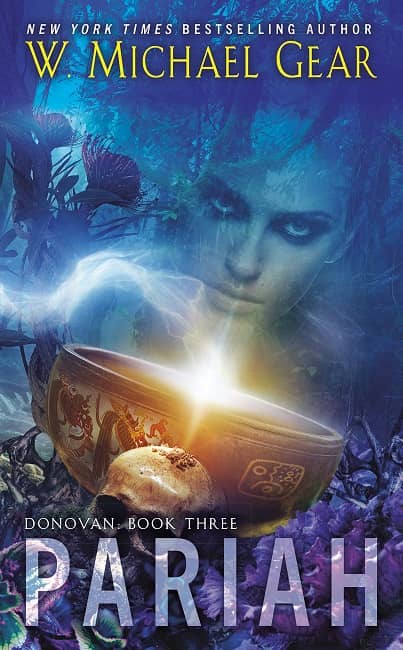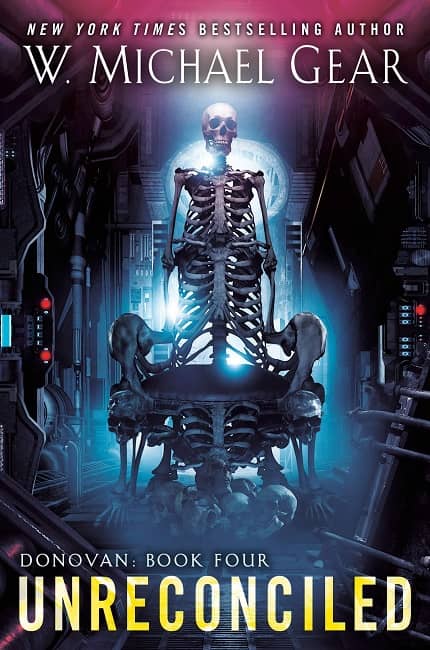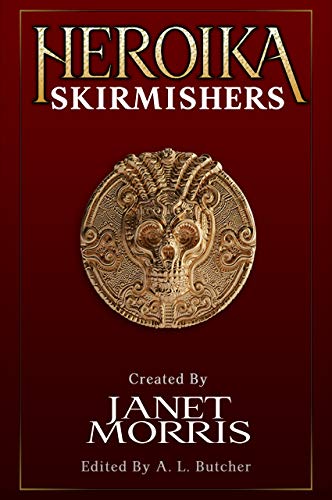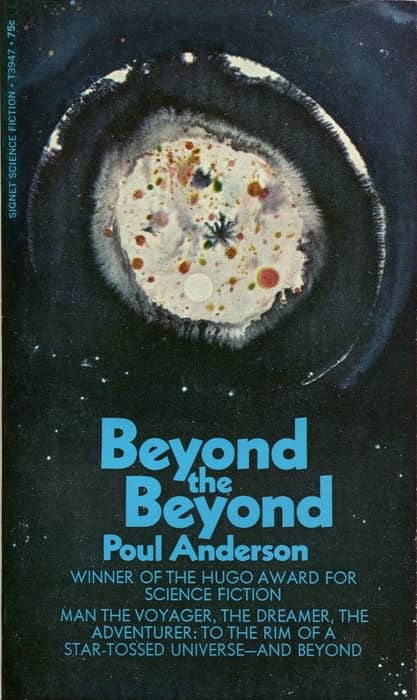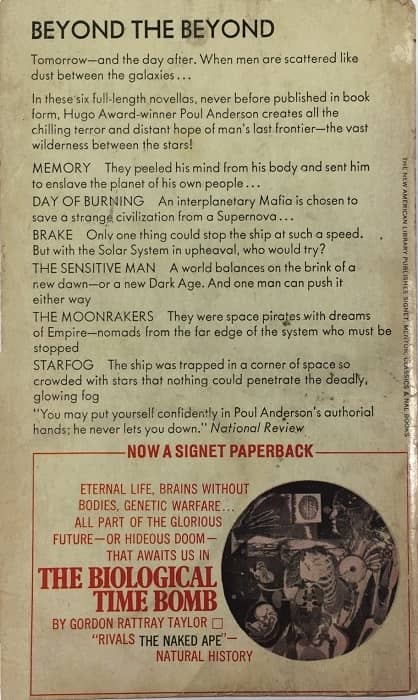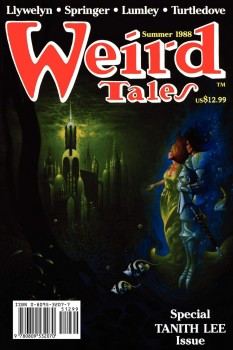Death Reigns and Danger Abounds: The Toll by Neal Shusterman
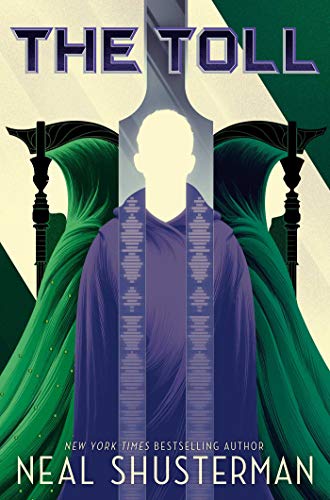 Neal Shusterman’s masterful conclusion to the Arc of a Scythe trilogy, The Toll, takes place on a future Earth where humans are immortal. To keep the population from overrunning the globe, professional scythes “glean” a quota of victims in one of the only forms of death that still sticks. Most scythes end human life with care and sorrow. But sadist Robert Goddard and his “new order” scythes enjoy mass slaughter.
Neal Shusterman’s masterful conclusion to the Arc of a Scythe trilogy, The Toll, takes place on a future Earth where humans are immortal. To keep the population from overrunning the globe, professional scythes “glean” a quota of victims in one of the only forms of death that still sticks. Most scythes end human life with care and sorrow. But sadist Robert Goddard and his “new order” scythes enjoy mass slaughter.
In The Toll‘s opening pages, Goddard amasses more and more power, becoming the High Blade of MidMerica and then Overblade of North America. Despite the old regime’s continued opposition, he removes the traditional limitations on scythes, unleashing the new order’s bloodiest appetites. People start avoiding any activity that requires them to assemble in groups, for fear of attracting a grim reaper.
The book follows three main sets of characters who strive to end Goddard’s brutal reign. The first concerns secret agent Greyson Tolliver, who has been leading a criminal lifestyle as a cover while acting on behalf of the Thunderhead, the artificial intelligence that oversees and manages the world. Greyson is now the only human on the planet who can communicate directly with the Thunderhead, since everyone else – including the Thunderhead’s more legitimate agents – has been labeled Unsavory. When the Thunderhead’s former agents discover that this gangster is their only remaining link to the entity they still want to serve, they kidnap him.
When Goddard finds out Greyson exists, he sends an assassin.
The second set of characters are our teenaged heroes Citra and Rowan. As the island of Endura sank at the end of Thunderhead, Scythe Curie locked them in the airtight Vault of Relics and Futures. Curie knew that asphyxiation would only render them deadish. Someday, she reasoned, their bodies would be found, and they would be revived. There was no such hope for everyone else, doomed to be consumed by circling sharks. But Goddard has declared a Perimeter of Reverence around Endura and forbidden ships from approaching. Citra and Rowan’s lifeless bodies lay in the Vault, which has tumbled into a deep oceanic trench, without rescue. Until a hermaphroditic ship’s captain pulls them from the deep under the cover of night.

